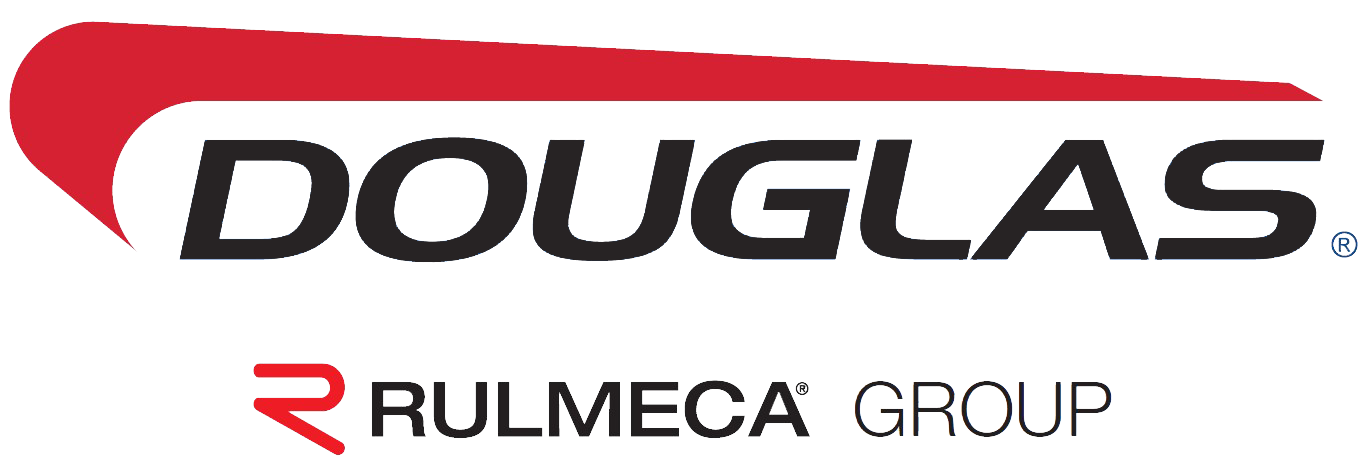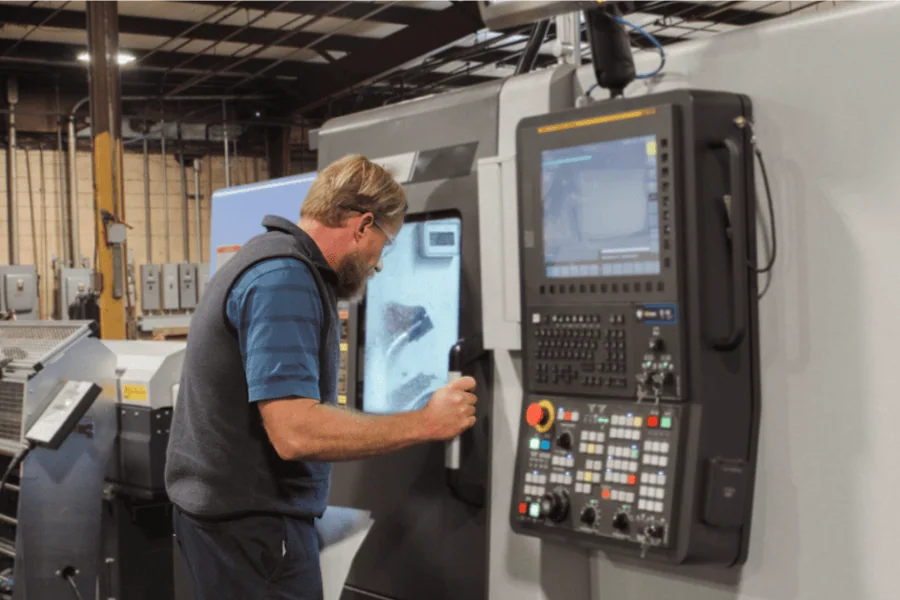In bulk material handling, efficiency isn’t just about speed—it’s about consistent throughput, minimal downtime, and optimized resource use. Smart upgrades, modern monitoring, and strong operational practices can transform how your conveyors perform.
Here’s how to enhance conveyor efficiency with targeted, practical steps.
1. Design for Serviceability and Performance
Upfront design decisions shape long-term efficiency.
- Use modular, easy-to-service components.
- Include pull cords and inspection zones.
- Select self-cleaning components and enclosed systems to reduce buildup.
Designing for access and longevity cuts downtime and boosts reliability.
2. Optimize Preventive Maintenance
Efficient systems are well-maintained systems. Key tactics:
- Establish inspection schedules for wear-prone items.
- Use thermal imaging and vibration monitoring.
- Keep detailed maintenance logs to identify trends.
These steps help prevent minor issues from escalating into costly breakdowns.
3. Upgrade High-Impact Components
Some components offer outsize returns when upgraded:
- Low-drag idlers and rollers reduce energy consumption.
- Ceramic or replaceable rim lagged pulleys last longer and reduce slippage.
- Self-cleaning pulleys (e.g., Vortex-style) reduce belt wear and debris buildup.
- Impact beds and modern skirtboard systems improve material flow and reduce cleanup.
- Magnets help remove ferrous debris, protecting downstream equipment.
- Belt tracking systems prevent misalignment and reduce maintenance.
Strategic upgrades compound into long-term performance gains.
4. Leverage Smart Technology
Modern tools can help you move from reactive to predictive maintenance.
- Condition monitoring for speed, alignment, and temperature
- SCADA systems for real-time visibility
- AI-driven predictive platforms for maintenance alerts
- Automated lubrication to reduce manual intervention
Even a simple belt alignment sensor can save thousands in downtime and repairs.
5. Improve Material Flow Management
Dust, spillage, and carryback sap efficiency and create safety risks.
- Design chutes for centered loading and smooth flow.
- Use dual belt cleaners and dust suppression systems.
- Maintain a strict housekeeping schedule to prevent buildup.
Clean, controlled material flow protects both productivity and product quality.
6. Build a Culture of Efficiency
Efficiency must be owned by your entire team.
- Involve operators in root cause analysis of delays.
- Share performance metrics and recognize improvement efforts.
- Conduct post-mortems after maintenance events to capture lessons learned.
Final Thought
Improving conveyor efficiency isn’t about spending more—it’s about spending smart. With the right mix of upgrades, monitoring, and culture, your systems will run smoother, longer, and more profitably.


Recent Comments